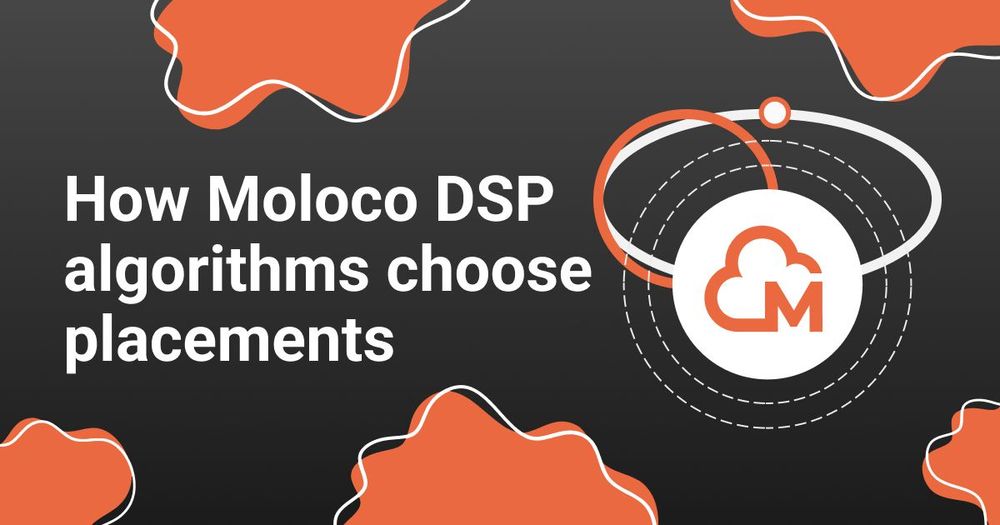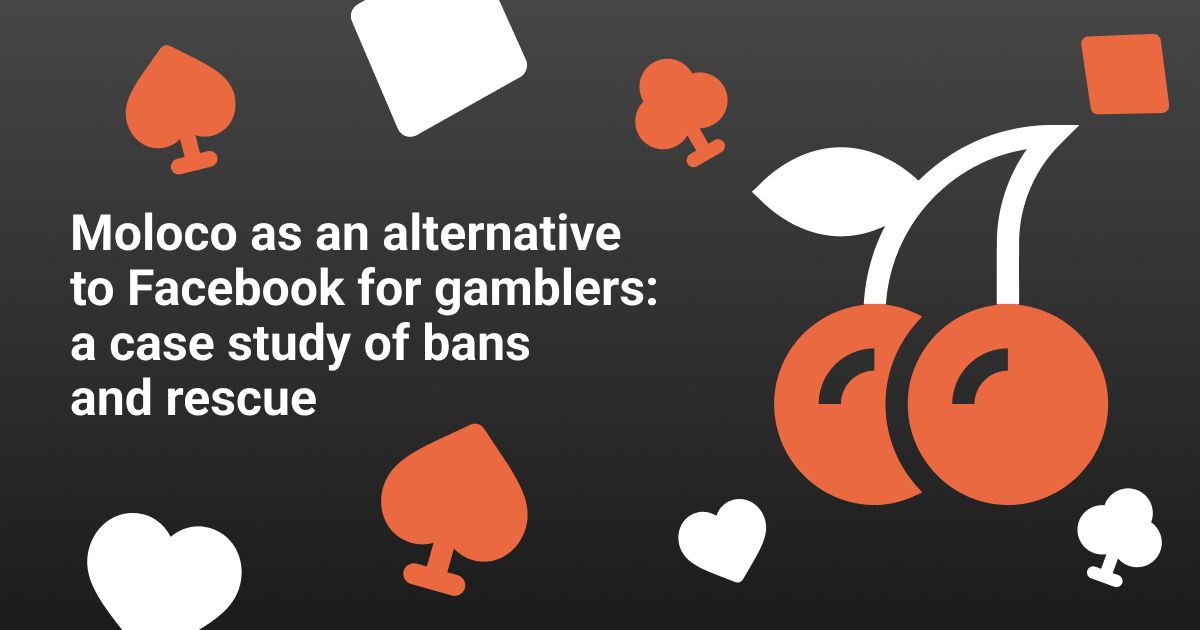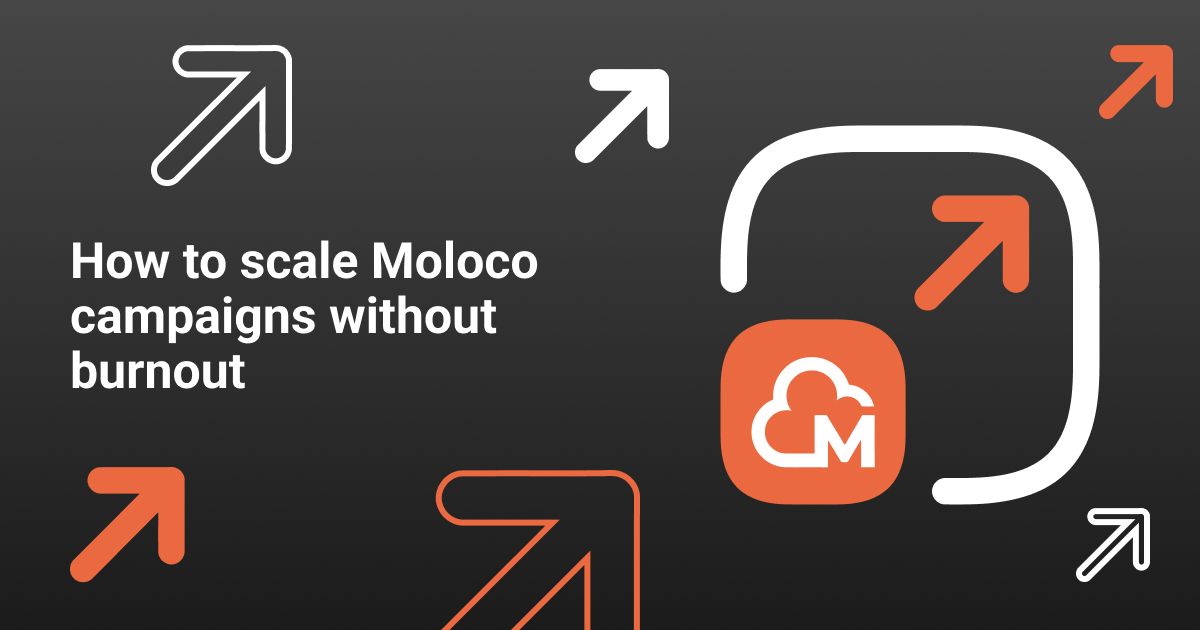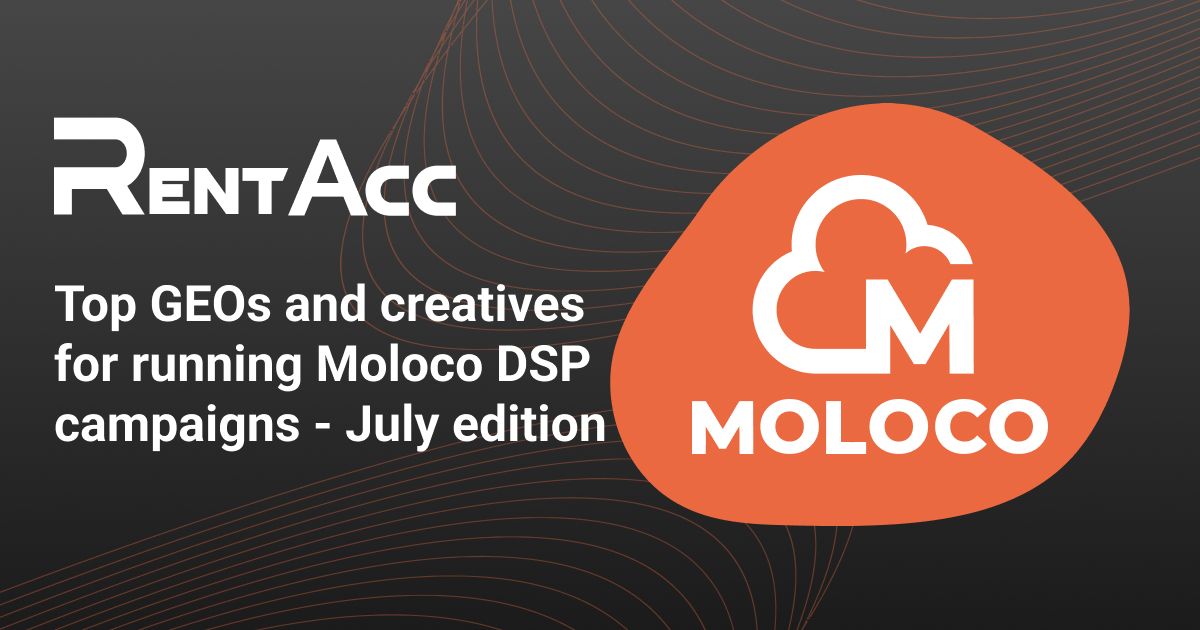
Moloco DSP in 2025 is a powerful cloud platform for purchasing in-app traffic, especially when the goal is to scale performance advertising in Tier-1 markets and ensure stable growth of advertising campaigns. However, beginners often feel that ad delivery operates as a "black box": there's no familiar list of apps, it's unclear where ads are shown, and how to manage placements.
In reality, Moloco's logic is simple: machine learning automatically selects inventory based on campaign goals, whether it's installs, ROAS, or app retargeting.
In this article, we'll explore how the Moloco network works, where creatives actually run, what formats are used, what can be influenced during launch, and how to build effective combinations..
![]()
How Placements Work in Moloco DSP
Moloco DSP operates through a programmatic network that connects tens of thousands of mobile apps. Ads run in in-app inventory, primarily purchased through SSP platforms like AppLovin Exchange, ironSource, Unity Ads, Fyber, and others. This provides broad reach and audience flexibility, but there's no manual selection of specific platforms.
The system uses machine learning to determine in real-time which app and when to show a creative. The algorithm itself calculates where effectiveness will be higher—for example, in casual games, news apps, or social networks. All this happens automatically, aligned with campaign goals: install, engagement, retarget, revenue, etc.
Moloco offers various formats:
Banners. Low cost but weak CTR. Used in games and utilities.
Native ads. Seamlessly integrated into the interface, better perceived by users.
Video ads. Best choice for engagement, especially in gaming apps.
Playable and rich-media ads. These are interactive ad formats that allow users not just to view an ad but to interact with it directly. For example, playables are mini-games or app demos where users can "play" before installing. Rich-media are extended media formats with animation, video, pop-up elements, and other effects. Less common, mostly for brand campaigns.
Since direct placement selection isn't available, it's important to understand that results depend on the combination: the creative itself, app type, display timing, and user segment. That's why experienced teams track data by media source and use custom settings to influence delivery strategy.
![]()
Example of banner ads in a gambling app when logging into a game
What Influences Creative Placement
The key thing to understand: in Moloco DSP, you can't choose placements directly. The algorithm itself decides where to show ads based on campaign data, goals, audience, and user behavior. This is standard for most cloud-based DSPs powered by machine learning.
Here's what the Moloco algorithm considers:
Goal type: different behaviors for installs vs. ROAS. The algorithm selects inventory where target users are most likely to convert.
Creative format: videos often go to gaming apps, native ads to utilities or content apps. The chosen format indirectly influences placement.
Account history: more data means more accurate predictions. Older accounts with history and stable traffic get priority in auctions.
Audience and geo: different user categories see different ads on the same platforms. Geo also matters—traffic acquisition depth varies between the US and Korea, for example.
Event optimization: if "purchase" is set as the goal, Moloco will ignore low-LTV placements and pull traffic from where users are more likely to pay.
Experienced buyers use Moloco's Ads Manager not to select specific apps but to optimize placement strategy through settings. It's crucial to monitor results and promptly disable ineffective combinations or app types.
How to Manage Placements Through Settings
Although you can't manually select specific apps in Moloco DSP, the platform provides tools for indirect placement control. Through Ads Manager, you can configure filters, restrict categories, exclude sources, and manage audiences.
Here's what needs to be set up:
App category restrictions. For example, exclude ads in games or focus only on commerce segments. This exception can be configured in targeting.
App ID exclusions. If certain traffic is known to waste budget, exclude IDs manually or via bulk lists. It is added to the target settings.
Geo and OS selection. As with any DSP, you can run campaigns on Android, iOS, specific devices, connection types, even OS versions. To avoid guessing which GEOs have good CPMs—contact RentAcc managers for current GEOs with favorable rates.
Devices and connection type. At the targeting level, you can set settings only for Wi-Fi or certain device models.
Frequency capping and pacing. Controls how often the same ad is shown to a user—a key parameter for retention and retargeting.
While manual placement selection isn't available in Moloco DSP, properly configuring these parameters significantly narrows inventory and eliminates wasteful spending. This is especially critical when working with niche offers targeting limited audiences.
What Combinations Work Best
An effective Moloco DSP combination isn't just "creative + offer"—it's a mix of format, audience, app type, and optimization settings. The algorithm automatically adjusts placement, but final results depend on how well this chain is constructed.
What delivers results:
Native ads in casual games. Users don't experience ad fatigue, engagement is higher, and CPI performance is better. Works well for installs in app verticals: VPNs, cleaners, utilities.
Rewarded video for retention. In-game rewarded video formats drive high engagement and deeper funnels, especially for subscription goals or feature activation. However, the system automatically selects the type of video (with or without reward).
Creative + placement. Example: action-packed videos perform better in action games, while native ads in news apps work well for pain-point entry. Video formats with a clear CTA and category restrictions are effective for gambling applications (for example, excluding children's applications).
A/B testing is essential—sometimes low CTR is offset by higher-quality traffic. For rapid testing of such combinations, use rental accounts from RentAcc. These accounts come with verification, management platforms, refunds, balance transfers, and 24/7 support. Support can also help select GEOs with optimal CPMs, simplifying launch—especially when speed and clear financial reporting are priorities.
Conclusion
Moloco DSP isn't just another digital platform—it's a full-fledged advertising machine powered by machine learning and data-driven optimization. By enabling quick identification of effective user touchpoints and flexible campaign configuration for different products, the platform helps achieve sustainable growth. Yes, placements aren't manually selectable, but with proper setup and the right combination of creatives, goals, and audiences, you can maintain stable performance results.


